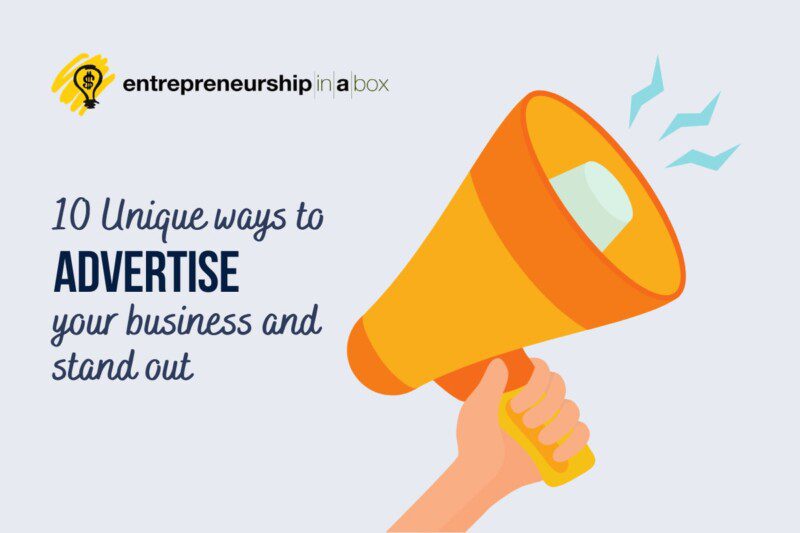Today, it’s never been more crucial for small businesses to differentiate themselves from the competition. With countless other companies capturing the attention of your customers, they can feel like an uphill battle. By exploring unique ways to advertise your business and resonate with your target customers, you’ll be better equipped to make a lasting impact.
But what are some excellent ways to catch public attention without bothering or wasting precious advertising dollars?
There are quite a few that can be beneficial to your company.
In this article, we’ll explore a few unique ways you can promote your business to potential clients and respond to your question: How should I advertise my business?
What is the most efficient way to advertise?
Many of you ask this question about the most efficient ways to advertise your business. Or the most efficient way to promote your business.
And, if I want to give you the best strategy or tactic, I cannot be sure that it is really the best.
Why?
Nobody will know the most efficient way to advertise your business until you check and test it.
I get a tone of questions on an everyday basis like:
- How do I advertise my business?
- Tell me the business advertising idea.
- What are the best business ad ideas?
- Give me some free marketing ideas.
- Where can I advertise my business?
- What is the best way to advertise my business?
Related: Smart Skills You Will Need Now as an Entrepreneur
So, I can not say here are the best advertisement ideas for business. It is because, before everything else, you develop several creative marketing ideas and then test them with a specific advertising strategy and check if it is the most efficient way for you. Then, you will be sure and can say that this is the best way to advertise my business.
The only thing I am sure about is that the best advertising comes when it is communicated or shared by your current customers. They are the people who already have relationships with your business and your products and services.
Related: 5 Benefits of Using People Search Engine
So, they are the most competent to spread word-of-mouth marketing for you and promote your business. Now, lets see some small business advertising ideas you can use now.

1. Build a Strong Brand Identity
Advertising your business will be much easier if you succeed in building a strong brand identity. So, one of the first advertising strategies I want to mention here is building a strong brand identity.
Here are some action steps to help you build a strong brand identity for your small business:
- Think about your mission and the core principles that drive your business, and how you want to be perceived by your target customers.
- Create your unique selling proposition (USP) by identifying the key differentiators that set your business apart from competitors and showcase these in your marketing materials.
- Develop a consistent look and feel for your brand, including a logo, color scheme, and typography.
- Choose a tone and style that resonates with your target customers and maintain this voice across all marketing channels.
- Continually assess your branding efforts and make necessary adjustments based on your current and paying customers and their feedback. Also, don’t underestimate the value of market trends.
Related: Increase Your Brand Potential: How to Measure and Strategies

2. Leveraging Social Media Platforms for Maximum Impact
Choose the right platforms for your target audience
As a small business owner, you don’t have to be on every social media platform. Instead, focus your marketing efforts on the platforms that your targeted customers are most likely to use.
For example, if you’re targeting young adults, Instagram and TikTok might be your go-to choices.
Related: How to Get More Followers on Instagram: 19 Tips to Grow Your Real Audience
On the other side, LinkedIn could be more relevant for connecting with professionals and other companies.
Here’s how you can do it in five simple steps:
- Identify the demographics, interests, and online habits of your targeted customers. This will help you understand which platforms they’re likely to use.
- Familiarize yourself with popular platforms like Facebook, Instagram, Twitter, LinkedIn, and others. Each platform caters to different user demographics and interests.
- Decide about the type of content you’ll create and which platforms best support that content. Visual content, for example, works well on Instagram, while professionally written content is better suited for LinkedIn.
- Start with one or two platforms and monitor your social media presence. Track engagement, see if you’re reaching your target customers, and adjust your approach based on the performance.
Related: 30 Places to Find Prospects & Leads for Your Business
Building a strong social media presence
Once you’ve chosen the right platforms for your audience, it’s time to build a strong presence.
- Set up a complete company profile with all relevant information, including your business address, contact details, and a clear description of your products or services.
- Don’t forget to add high-quality visuals and a link to your website to further boost your online presence.
- Consistency is crucial in establishing a strong social media presence. Make sure to post regularly, engage with your followers, and respond to comments and messages in a timely manner.
Related: How To Reach Your Target Audience And Sell Your Product
Creating engaging social media posts that resonate with your customers.
When creating posts for social media, think about what will capture your audience’s attention and compel them to take action. This may involve sharing valuable tips or insights related to your industry, showcasing behind-the-scenes moments, or highlighting positive customer experiences.
The truth is that social media is a popular way people interact with the internet, and it’s one of the best ways to build awareness and catch the attention of potential clients.
But you need to follow a strategy to get past the noise of everything else and catch your customer’s attention.
You can do this by:
- Speak authoritatively and give customers a reason to visit your business.
- Talk to them, engage with them, and tell them about promotions and sales. Speak as if you’re an expert (you are running the business, after all), and be authentic.
- Avoid buzzwords within your post. It’s disingenuine, and customers do not like it very much, nor do they tend to engage with wacky corporate speak.
- Don’t shy away from experimenting with different content formats, such as images, videos, and polls, to see what resonates best with your audience.
- Additionally, make use of relevant hashtags to increase your reach.
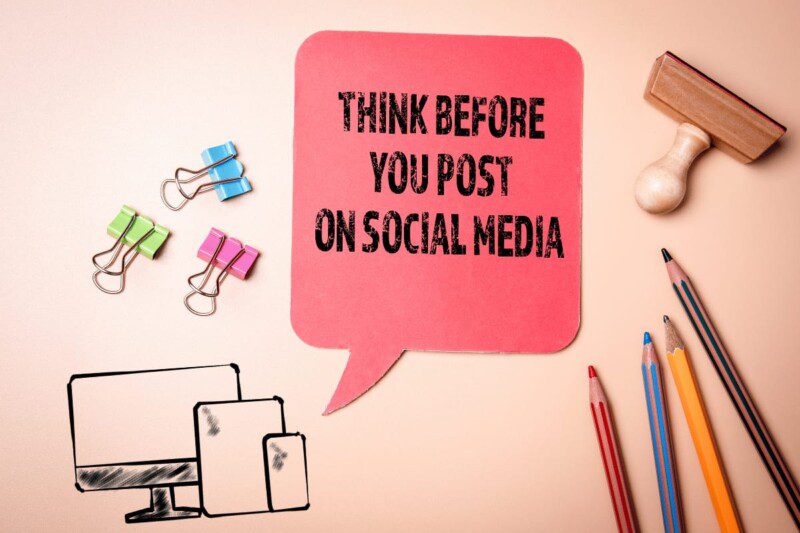
Monitor engagement on social media.
Monitoring engagement on social media is crucial for understanding your audience and improving your marketing activities.
Here’s how you can effectively track engagement in a few simple steps:
- Determine what you want to achieve with your social media marketing. Is it increasing brand awareness, attracting new consumers, or strengthening relationships with existing customers?
- Select relevant metrics to measure the success of your presence. These can include likes, shares, comments, clicks, impressions, and follower growth.
- Most platforms offer built-in analytics tools (e.g., Facebook Insights, Twitter Analytics) that provide valuable data about your audience and their interactions with your content.
- Review your posts on social media to identify which types of content generate the most engagement. This will help you create more targeted content in the future.
- Monitor competitors on the market and see how their social media tactics are performing. This can give you insights into what’s working well and where to improve.
- Engage with your audience by responding to comments and questions and participating in conversations on your social media channels.
- Use tools like Google Analytics to track conversions from social media publishing to your website to check the effectiveness of your digital marketing tactics.
- Based on your analysis, make adjustments to your social media strategy, content, and posting frequency.
3. Mastering Local Marketing Strategies
If your business is focused on local customers, or market here I will cover some ways to advertise your business locally:
Participate in local community events and initiatives
One of the most effective ways to promote your business in the market is by getting involved in community events and initiatives. This could include sponsoring local sports teams, participating in charity fundraisers, participating in networking meetups, etc.
Related: 9 Steps to Start a Charity
When participating in local events, be sure to bring along promotional items, such as business cards or flyers.
Also, consider offering special deals or discounts exclusive to the event attendees.
Simply, you want to promote your business and this will help create a buzz and encourage people to spread the word.
Here’s how you can participate in community events:
- Keep an eye on your local newspaper, online forums, and social media to stay updated on upcoming events, such as trade fairs, industry events, or local business meetups.
- Become a member of your local chamber of commerce, professional groups, and other community organizations that often host events and provide networking opportunities.
- Offer your time or resources to support local initiatives, such as charity events, fundraisers, or community projects to increase your brand awareness.
- Set up a booth or table at events to showcase your business offerings combined with promotions to attract local customers.
- Share events and initiatives on social media accounts to show your support and involvement.

Connect with local businesses and professionals.
Another powerful way to promote your business is to connect with other local businesses and professional organizations.
Collaborating with other entrepreneurs can create a cross-promotional deal that benefits both of you.
Related: How to Have Multiple Phone Numbers on One Cell Phone: A Step-By-Step Guide
You can take the following steps to start connecting:
- Research potential partners with complementary businesses to offer package deals or special promotions.
- Approach them with ideas for joint promotions, such as bundled deals, shared advertising space, or co-hosted events.
- Design joint campaigns and implement them.
For example, a local bakery could team up with a nearby coffee shop to offer a “coffee and pastry” combo deal.
Participating in local trade shows
Trade shows and industry events are fantastic opportunities to promote your business, connect with prospects, and network with other businesses in your field.
They’re also a great way to stay informed about the latest trends, technologies, and best practices within your industry.
- Research upcoming trade fairs and events in your area and make a plan to attend.
- Be sure to prepare an eye-catching booth, promotional materials, and a concise pitch to effectively communicate your business’s value to attendees.
4. Boost Your Online Presence through Search Engine Optimization (SEO)
Optimizing your business website
Another great way to promote your business is to optimize your web presence. This includes optimizing the SEO for your own website and making it easily accessible to your users.
Search Engine Optimization (SEO) is the process of optimizing your website and online content so that it ranks higher in search results (SERP), making it more visible to potential customers.
A well-optimized website is crucial for attracting customers through search engines like Google.
Here are some essential steps to optimize your website:
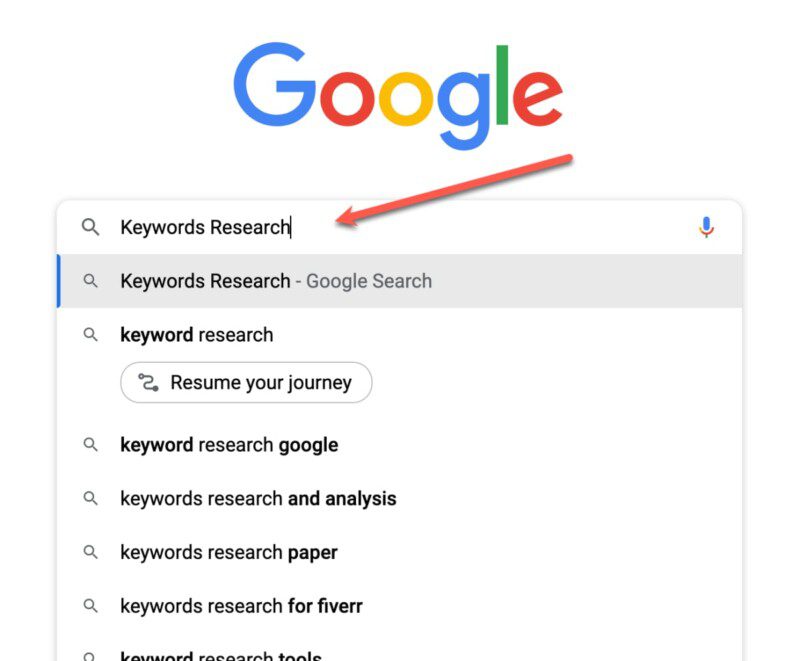
- Start by researching keywords relevant to your business, and incorporate them naturally into your website content, meta tags, and image descriptions. This will help search engines understand what your business is about and improve your ranking for those keywords.
- Find ways to interest and engage your customers through pleasant and friendly blog posts or announcements.
- Many people browse the web on their smartphones, so having a mobile-friendly site is a must.
- A slow website can hurt your search engine rankings and frustrate customers.
- Use descriptive URLs and title tags.
- Create a sitemap to make it easier for Google to crawl and index your website.
Related: Top 5 Marketing Strategies to Promote Your Business
Create quality content that attracts customers
When it comes to free online advertising with SEO, content is king.
Creating quality content that is informative, engaging, and relevant to your target clients will not only attract prospective customers but also improve your search engine rankings.
To create quality content:
- Focus on your target customer’s pain points and tailor your content accordingly.
- Use various content formats like blog posts, videos, infographics, and podcasts.
- Regularly updating your website with fresh content will keep visitors coming back and signal to Google that your site is active and relevant.
- Share your content on social media, email newsletters, and online communities to reach a larger audience.
- Additionally, you can advertise your best content through Google ads.
5. Harnessing the Power of Email Marketing
Build a quality email list of existing and potential customers
Email marketing is the best way to advertise service business. But, it is also one of the good ways to advertise a product. The foundation of a successful email marketing campaign is a quality email list.
Start by gathering the contact information of your existing clients and encouraging visitors to sign up for your mailing list.
Here are some action steps to achieve this:
- Use your website and social media profiles to share useful content, such as blog posts, industry news, or promotions. Encourage visitors to subscribe to your email list for regular updates.
- Offer a lead magnet like a free e-book, discount, or exclusive access to content in exchange for their email address.
- Segment your email list based on your customer’s preferences, needs, and buying history. This allows you to send highly targeted email marketing campaigns that resonate with each group, resulting in better open rates, click-through rates, and conversions.
- Promote your email list through your social media accounts, emphasizing the benefits of joining, like exclusive offers and updates.
- Add a signup form: Place an email subscription form on your website, making it easy for visitors to join your list. You can also include a link to the form in your posts on social media and press.
- Collect email addresses at events or trade fairs by offering giveaways in exchange for signing up.
- Encourage existing customers to refer friends and family to your email list. Offer incentives or discounts as a reward for successful referrals.
- Regularly update and clean your email list, removing inactive subscribers to ensure you’re reaching a highly targeted audience.
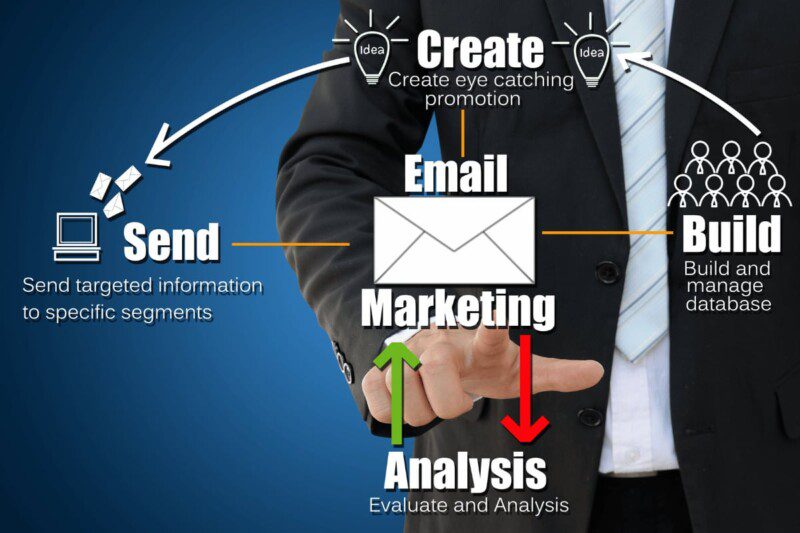
Crafting compelling email campaigns
The key to creating compelling email campaigns is to focus on delivering value to your subscribers. This can include sharing helpful tips, industry news, or exclusive promotions.
Here are some action steps to achieve this:
- Determine what you want to achieve with your campaign, such as increasing sales, driving website traffic, or promoting a new product.
- Use attention-grabbing subject lines that pique the interest of your subscribers and encourage them to open your emails.
- Craft informative and engaging content that provides value to your readers. Include a mix of promotional items, industry news, and helpful tips.
- Incorporate eye-catching images, videos, or infographics to enhance your message and keep readers engaged.
- Personalize your emails by addressing recipients by name and customizing content based on their preferences or past interactions with your business.
- Encourage readers to take the desired action with a clear call-to-action (CTA), such as visiting your website, making a purchase, or attending an event.
- Track the performance of your campaigns using email marketing tools, and adjust your strategies based on the results.
6. Utilize Press Releases on Local Media
Crafting newsworthy press releases
Press releases are a powerful tool for generating buzz and increasing brand awareness. The key is to create newsworthy stories that pique the interest of local media.
Here’s how:
- Whether it’s a new product launch, a milestone achievement, or an upcoming event, ensure your press release is relevant and interesting.
- Capture the attention of journalists and readers with a clear and enticing headline.
- Keep your press release focused and easy to understand, avoiding jargon and excessive details.
- Quotes from key personnel can add credibility and human interest to your press release.
- Ensure journalists can easily reach you for additional information or interviews.
Build relationships with local press and media outlets
Developing strong relationships with local press and media outlets is crucial to getting your press noticed.
Here are some ways to build those relationships:
- Identify local newspapers, radio stations, and TV channels that cover your industry or market.
- Follow and engage with journalists on social media, and reach out to them directly to introduce your business.
- Offer exclusive interviews or expert opinions to local media to establish your business as a go-to resource.
- Quickly respond to media inquiries and provide any necessary information or interviews.
7. Tapping into Online Directories and Local Listings

Ensure your business is listed on popular directories
Online directories can increase your online visibility and help your prospects find you easily.
Here’s how to make the most of them:
- Find directories relevant to your industry or location, such as Yelp, Yellow Pages, or TripAdvisor.
- Ensure your business name, address, phone number, and website are consistent across all directories to avoid confusion.
- Keep your listings up-to-date with current contact information, operating hours, and any changes to your products or services.
Optimizing your Google Business Profile for Local Search
In today’s digital age, it’s crucial for small businesses to optimize their online presence for local search results.
Here are some tips on how to publicize your business on Google Business Profile and optimize your profile:
- Claim your Google Business Profile to gain control over the information displayed about your business on Google Search and Maps.
- Fill in all relevant information, including your address, phone number, hours, website, and a brief description of your products or services.
- Showcase your business with appealing images of your products, services, or location.
- Incorporate keywords related to your industry and location in your profile description to improve your search engine results page (SERP) rankings.
Encouraging customer reviews to boost SERP rankings
Encourage existing customers to leave reviews on your Google Business Profile, as positive reviews can significantly impact your search rankings.
Here’s how to encourage reviews:
- Satisfy your customers because satisfied customers are more likely to leave positive reviews.
- Politely request reviews from your existing clients, either in person or through email campaigns.
- Show your appreciation for positive reviews and address any concerns raised in negative reviews. This demonstrates your commitment to customer satisfaction.
8. Exploring Low-Cost and Free Advertising Methods
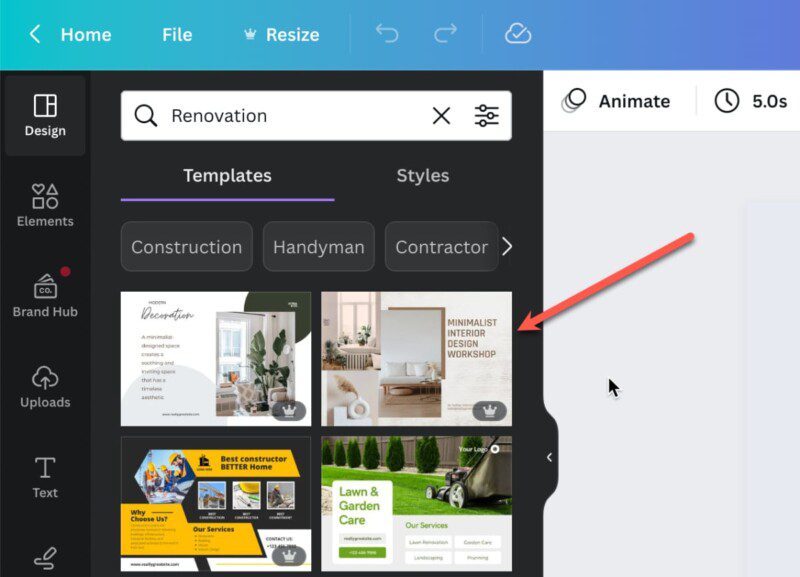
Designing eye-catching promotional items with little or no money
Promotional materials don’t have to be expensive to be effective.
Here’s how to create eye-catching designs on a budget:
- Use free design tools like Canva and Piktochart that offer free templates and design elements to create professional-looking materials.
- Keep your messaging clear and concise, highlighting the benefits of your products or services.
- Share your promotional materials on social media to reach a wider audience.
Utilizing online community forums and local business networks
Online communities and local business networks can be valuable sources of free ways to promote your business.
Here’s how to make the most of them:
- Look for forums, Facebook groups, or LinkedIn groups where you can engage with potential customers and other small business owners.
- Share valuable content that showcases your expertise and provides value to the community, such as blog posts, articles, or tips.
- Attend online local business events and join professional groups to establish relationships and exchange ideas.
Offer free workshops or webinars
Here are some action steps to help you get started:
- Identify a relevant topic: Choose a subject related to your business that would interest your target customers.
- Plan your content that delivers valuable information and practical solutions. Focus on offering actionable tips, engaging visuals, and real-life examples.
- Decide whether to host a live workshop or webinar or create a pre-recorded session.
- Choose a reliable platform for hosting your workshop or webinar. There are various options available, including Zoom, Microsoft Teams, and Google Meet, among others.
- Use your blog, social media accounts, email, and local business community networks to promote your workshop or webinar.
- Encourage interaction during your workshop or webinar by incorporating Q&A sessions, polls, or group discussions. This helps establish a stronger connection with your audience.
- Send a thank-you email to attendees, along with a summary of key points covered, additional resources, or exclusive offers related to your business.
- Monitor the impact of your event on your business, such as new customers, increased website traffic, or social media engagement. Use this data to refine your future workshops and webinars.
9. Write Guest Posts for Industry Blogs

Research relevant industry blogs that accept guest posts
The first thing you will need to do before you start to write guest articles is to locate relevant blogs for guest posting.
Here are some steps you need to take:
- Perform a Google search with keywords related to your industry, along with phrases like “write for us” or “submit a guest post,” to find blogs that accept guest articles.
- Explore social media channels for industry influencers and take note of the blogs they share or contribute to.
- Participate in industry-specific forums or groups to discover popular blogs and websites in your niche.
Crafting informative and engaging content for a highly targeted audience
Now is the right time for creating informative and engaging content:
- Know who you’re writing for and tailor your content to address their needs, interests, and pain points.
- Offer valuable insights, actionable advice, and relevant information that positions you as an expert in your field.
- Write engaging headlines and use visuals to make your content more appealing to readers and more likely to be shared on social media.
Building relationships with other business owners and influencers in your niche
The influencer market is growing at high speed so, why you don’t try it to promote your business?
- Engage with influencers: Comment on their blog or posts on social media, share their content, and look for opportunities to collaborate.
- Offer value: Before asking for favors or collaborations, demonstrate your expertise and willingness to support others in your industry.
10. Promote, promote, and promote your business
Give Out Promotional Items
People love free stuff.
Giveaways, handouts, free gifts with purchases, raffles, and other promotional strategies are excellent ways to generate interest in your organization.
Taking advantage of different custom promotional logo items (water bottles, calendars, keychains, pens, planners, and just about anything else you can think of) is a relatively inexpensive and effortless way to engage with your clientele and make them feel positive vibes toward your business.
- Select useful and relevant products that represent your brand and appeal to your target buyers.
- Create a visually appealing design that incorporates your logo, business name, and contact information.
- Distribute promotional items at events, trade shows, or other community events.
- Run giveaways on social media to engage with your audience and encourage them to share your content, reaching new customers.
- Give promotional items to existing buyers for referrals, reviews, or as rewards for loyalty programs.
- Monitor the impact of your promotional items on your marketing, such as increased brand awareness, new customer acquisition, or customer retention.
Run Promotional Sales

Sometimes, the best way to promote your business is to run a promotional sale. This could be a buy one get one free situation or offering a 10 to 20% discount for people who sign up through social media.
Here’s how to prepare and implement promotional sales:
- Determine the purpose of your promotional sale, such as clearing inventory, attracting new customers, or increasing sales during slow periods.
- Choose items or services that appeal to your target audience and align with your goals.
- Decide on the type of promotion, such as discounts, buy-one-get-one offers, or bundled deals.
- Choose the duration of your sale, considering factors like seasonal trends, inventory levels, and local events.
- Design visually appealing ads, social media posts, and email campaigns to spread the word about your sale.
- Announce your sale on social media platforms and engage with your audience.
- Monitor the performance of your promotional sale through metrics like sales volume, new customer acquisition, or social media engagement.
Conclusion
In conclusion, by embracing a combination of traditional and digital marketing efforts to promote your business, you can increase brand awareness, reach new customers, and build lasting relationships with other businesses in your local market.
Remember, the ultimate goal is to create a memorable experience for your customers, making them eager to return and spread the word about your incredible small business.

